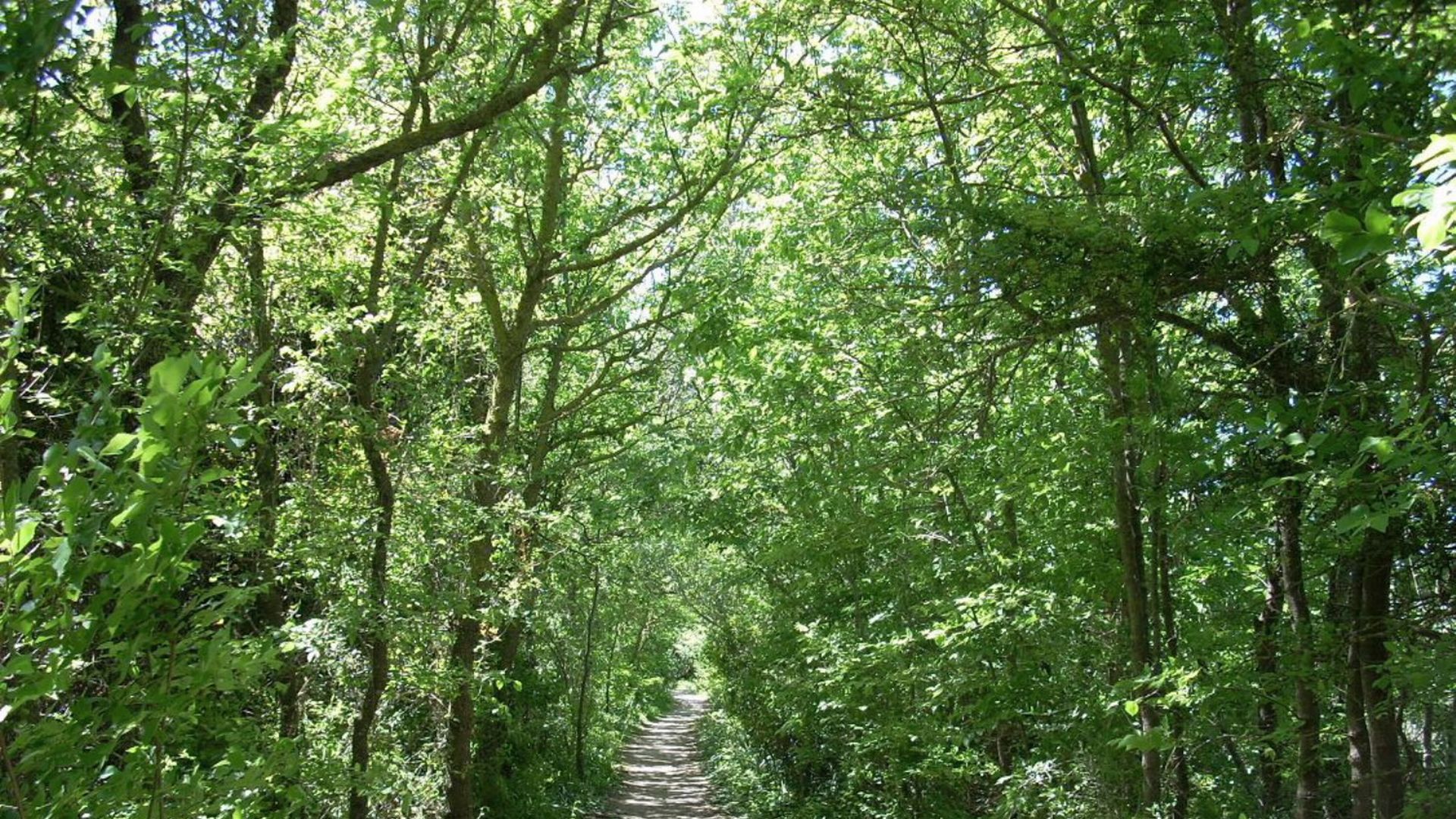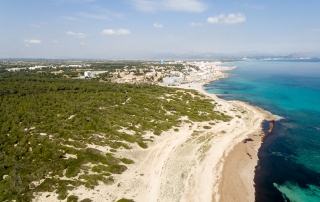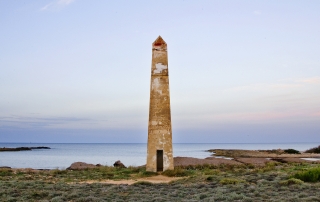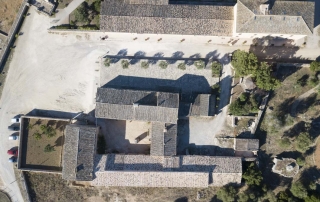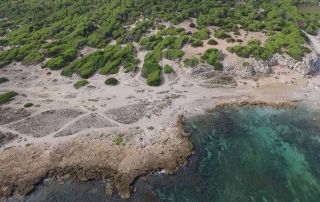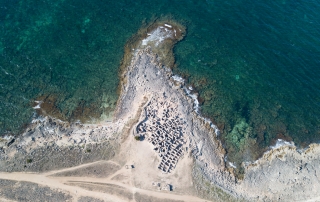The Finca Pública de Son Real and the Parc Natural de s’Albufera de Mallorca
Our municipality is located between two important natural areas: the Finca Pública de Son Real and the Parc Natural de s’Albufera de Mallorca. On the one hand, the Finca Pública de Son Real is a natural and historical treasure, thanks to the presence of numerous archaeological sites, its dune system and other ethnological elements. On the other hand, the Albufera de Mallorca is the largest wetland in the Balearic Islands and an area of special protection for birds (ZEPA) and a place of community importance (LIC). Due to these facts, different itineraries can be found to enjoy its nature and fauna.
If you are a birdwatching enthusiast, these two natural spaces will offer you a wide range of possibilities to enjoy your hobby. There, more than 200 species of birds live together and can be spotted. Both the Finca Pública de Son Real and the Parc Natural de s’Albufera de Mallorca are very well equipped for birdwatching, as they have several observation stations, signposted itineraries and information centres.
Description of the areas
Finca Pública de Son Real
Son Real sits almost in the middle of the bay of Alcúdia and is an estate that has been continually inhabited right from the most remote prehistoric times until our days. Remains of human presence, dating back 4,500 years can be found here, on top of these we find remains from the pre-talayotic era (4,000 years old) then the talayotic era (some 3,000 years), then Roman (a little over 2,000 years) Islamic, medieval eras and down to our day. When talking about Son Real, we are talking about one of the most important reference points when it comes to archaeological heritage in the Balearic Islands, proof of this are the well-known prehistoric cemeteries or necropolis located at S’Illot des Porros and the Punta des Fenicis. Apart from the archaeological wealth, Son Real is closely linked to rural Majorca, and therefore we find a “possessió” made up of different buildings from different eras that are witness to a not so distant past where the economy revolved around agriculture and livestock.
Parc Natural de s’Albufera de Mallorca
S’Albufera de Mallorca was declared a Natural Park on 28 January 1988 (Decree 4/1988). It is also a Wetland Area of International Importance under the Ramsar Convention, and is included in the EU Natura 2000 Network. S’Albufera is the largest and most important wetland area in the Balearic Islands. With a surface area of 1646,48 hectares, mainly of wet grassland and marsh, the Park lies within the municipalities of Muro and Sa Pobla. The origins of the wetland date back to ancient times, and its surface area and features have fluctuated with changing sea levels. While part of the grassland area developed during the Tertiary Era, the current wetlands were formed less than 100,000 years ago. The coastal dunes are considerably more recent, forming over the last 10,000 years or so.
What to see?
Water is the basis of the biological diversity of S’Albufera. Water and soil moisture allow continuous growth of vegetation, which varies according to depth, proximity to the sea and soil conditions. The Nature Park gets most of its fresh water from torrents and groundwater. The influx of seawater in summer is not significant, but it has a significant effect on flora and fauna.
Reed (Phragmites australis), rush reed (Cladium mariscus) and bulb reed (Thypa spp.) dominate the vegetation. The channels contain aquatic plants such as Potamogeton pectinatus and Ceratophyllum demersum. In the saltwater marsh grow rushes (Juncus sp.) and Queller (Salicornia sp.). Among the tree species represented, the silver poplar (Populus alba), the elm (Ulmus spp.) and the tamarisk (Tamarix sp.) are particularly noteworthy.
The vegetation of the dunes is adapted to the harsh conditions of the environment, including the dune funnel narcissus (Pancratium maritimum), Peu de Milà, a Mediterranean species of the sparrow-tongue family (Thymelaea velutina), and the coastal stabbed juniper (Juniperus oxycedrus macrocarpa).
With a total of 205 species, there is an enormous variety of fungi. One of them, Psathyrella halofila, was discovered in S’Albufera in 1992.
As far as fauna is concerned, the river eel (Anguilla anguilla) and the mullet are particularly noteworthy among the fish. The Iberian water frog (Pelophylax perezi) and reptiles such as the viper (Natrix maura) and the European pond turtle (Emys orbicularis) can be found in large numbers. The 22 mammal species include rats, mice and several bat species.
Invertebrates are also very diverse: Dragonflies, two-winged beetles, dung beetles and over 450 species of moths.
A total of 303 different bird species have been observed so far, 64 of them sedentary or summer species reproducing in the nature park. More than 10,000 birds spend the winter in S’Albufera: ducks, herons,… and also large schools of starlings. The nature park is an important stopover for many migratory birds, many of which only stay for a few days, such as gargantuans, swallows … and the rarely seen cranes.
Son Real is an agricultural – livestock estate located in the municipality of Santa Margalida, half way between Can Picafort and Son Serra de Marina, between the sea and the Artà to Can Picafort road.
The agricultural estate boasts buildings with great heritage value, as well as an extensive agricultural area, low hills with aleppo pines, natural beaches as well as a section of coastal dunes.
The beaches, dunes, torrents and vegetation make up a natural setting that is as diverse as it is important. But it also contains monuments and archaeological remains of immeasurable value such as: remains of a pre-talayotic town, caves used as burial plots, megalithic sepulchres, a talayotic necropolis, etc.
The houses that are on the estate were built during the middle ages, making up a traditional group of buildings (Can Morell, Ca n’Apol·lònia and Ca s’Amitger, sa Casa Nova). This architectonic group includes the manor houses, as well as workers cottages, a courtyard, a defence tower, a chapel, storehouses, stables, pigsties, etc.
In the Cases Noves (new houses), that were built during the 20th century, some of the old sheds have been converted into the Son Real information centre, which was inaugurated in 2008, with an ethnological theme, while the Casa dels Senyors (manor house) is home to the archaeological museum, that has information and archaeological remains discovered in the estate’s different settlements.
Native breeds of animals live on the farm (sheep, black pigs, chickens, turkeys, donkeys, etc.) these are raised here and are well looked after. The agriculture on the estate is totally ecological, the crops of almonds, carob and figs being the most important.
The wealth and variety of scenery is amazing (pine tree groves, holm oaks, sand dunes, vegetation on the sides of the torrents, cultivated lands and low hills) as well as the diverse flora and fauna, from which a population of Mediterranean turtles stand out. In the reserved hunting areas only the traditional “filats” or hunting with nets placed in a narrow passage between trees is allowed.
On the other hand, Son Real still preserves some elements of human intervention on the landscape (sandstone and sand quarries, old paths, a bunker, and the towers built along the bay of Alcúdia for submarine exercises during the post war period, to help find the position lines).
Access to the beach is beautiful, a great variety of vegetation and biological elements can be found here.
Son Real is a great rural estate that since ancient times has worked as an agricultural and livestock production unit, that is locally known as a “possessió”; with numerous historic, landscape, cultural, social, environmental and patrimonial assets.
Follow us!
If you want to stay up to date with the latest news, follow us on our social networks




